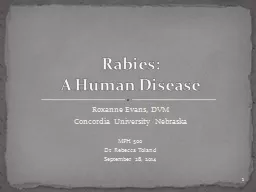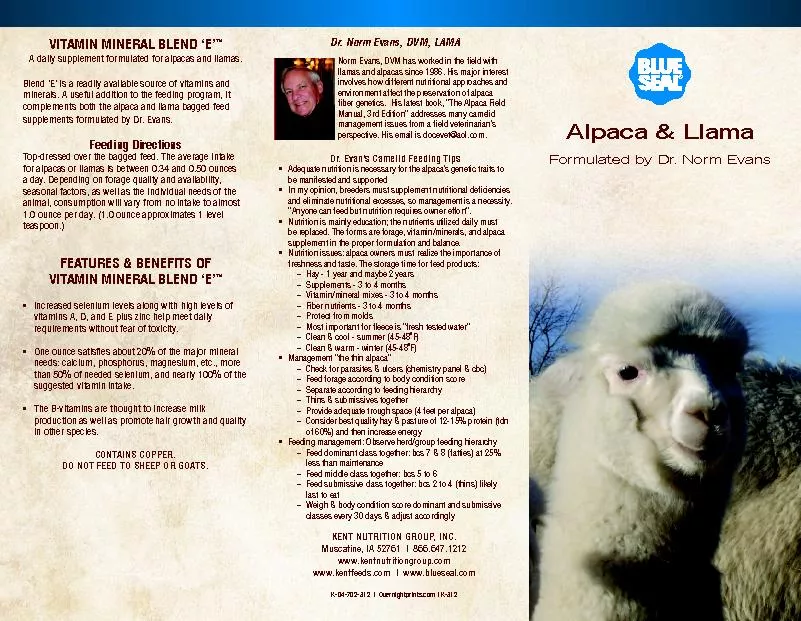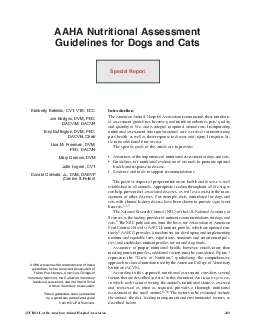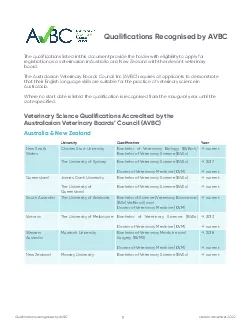PPT-Roxanne Evans, DVM
Author : karlyn-bohler | Published Date : 2017-08-27
Concordia University Nebraska MPH 500 Dr Rebecca Toland September 28 2014 Rabies A Human Disease 1 Aristotle described rabies in the 4 th century Dogs suffer from
Presentation Embed Code
Download Presentation
Download Presentation The PPT/PDF document "Roxanne Evans, DVM" is the property of its rightful owner. Permission is granted to download and print the materials on this website for personal, non-commercial use only, and to display it on your personal computer provided you do not modify the materials and that you retain all copyright notices contained in the materials. By downloading content from our website, you accept the terms of this agreement.
Roxanne Evans, DVM: Transcript
Download Rules Of Document
"Roxanne Evans, DVM"The content belongs to its owner. You may download and print it for personal use, without modification, and keep all copyright notices. By downloading, you agree to these terms.
Related Documents














